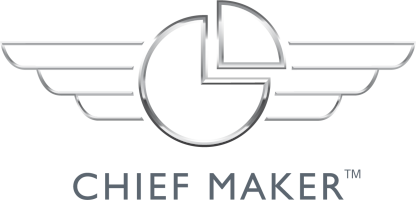
Subscribe to Spotify![]()
- Have you ever found yourself in a situation and not known what to do?
- Ever tried to stop a certain scenario at work from happening but it always seems to repeat itself?
- Ever lose confidence at key moments?
In this episode we will cover a technique that emerged through my work in martial arts and how you can translate this to the business world. In emerged during my time training with the Shaolin in remote China where I learned an enormous amount about their philosophy and why the discipline of martial arts has some profound lessons for the corporate world.
Kung Fu may sound like a brutal sport but look beneath the layers and you’ll see something has serious depth to it. In the academy, we trained 12 hours a day in a never ending pursuit of excellence. Kung Fu is built around set of stances and I learned how to punch, kick and block in each stance. This gave me an almost never-ending combination of responses to potential threats and we practiced them over and over until they were embedded in our muscle memory.
The philosophy is that you have the skill to respond in the most efficient way to any threat so you can protect yourself and others around you. And you should be able to respond automatically while maintain perfect composure.
It got me thinking, how often are we in a business scenario and something happens where our response is weak? We panic and end up giving a low quality response that does nothing for our results let alone our reputation. You walk away kicking yourself that you didn't say what you should have said, or you didn't get the outcome you wanted.
The most influential and powerful chiefs I’ve met in the business world have an effective response to just about every situation. As an example, I remember the COO of a mining company say that when a guy started to get overly aggressive in a meeting she’d automatically respond by slowing the speed and lowering the tone of her voice. This interrupted the other leaders poor quality behaviour. Kung Fu move right there.
Consider for a minute the scenarios that you get caught out in. They might be meetings with powerful stakeholders, low performing team members, people that waffle on for hours and hijack your meetings, or even your mental response to doing some detailed financial analysis etc. The list goes on.
Not knowing your go-to move in response to a situation kills confidence and effectiveness and you can even look out of your depth. So this is where you can implement a Smart Automated Response System.
This might be a question, an action, a statement or a starting to step through a decision making framework. Your Response System allows you to respond quickly and effectively and with positive benefits for as many people involved as possible. It’ll also improve the quality of your reputation and relationships throughout the organisation.
HOW DO YOU DO IT?
When developing a Smart Automated Response System I just a quick framework called STORE – Situation, Trigger, Outcome, Response, Evaluate.
Situation – Start by identifying the type of situation where you keep stuffing up. E.g. meetings with a particular executive, 1:1s, when you’re challenged in a meeting, when you need to challenge but don't etc.
Trigger – In those situations there is often a specific trigger that leads you to being unresourceful. E.g. Someone takes a particular tone of voice and you stall, your boss asks you a questions about something your weak point like financial analysis and you waffle, your low performing team-member gives an entirely justifiable reason for their poor behaviour or lack of results and you let them off the hook.
Outcome – Before you dive into a Kung Fu response, let’s take the old Covey wisdom and ‘begin with the end in mind'. Define the ideal outcome and how this would give as many people as possible a positive outcome.
Response – Develop your new high quality response. E.g. match their tone of voice, a protracted period of silence, a question like, “can you describe that in a different way so I can fully understand the concept” or “how do you think that makes the other people in the team feel”. And now practice this in your mind. Set up a fake scenario by role playing at home or in a meeting room. If it’s a big presentation go into the space before and imagine the key stakeholder asking the dreaded question and then your new composed and clear response.
Evaluation – Like all new skills you need to evaluate your performance after. Don’t throw the baby out with the bathwater if you didn’t get a life-changing result first time round. Refine it. You want to shift things 5% every time. Just keep getting better and better.
Example scenarios
- SITUATION – Your boss keeps giving you more work
- TRIGGER – They drop by your desk and ask you to take on another piece of work
- OUTCOME – Clarity on priorities and an achievable amount of work that means you nail the priorities for you and your boss:
- RESPONSES – Have your plans handy and ask:
- Hey boss, I'm really overloaded this week and am worried something will really suffer. Is this a greater or lesser priority than Project X?
- We have quite a bit due this week, how do you see this affecting other priorities?
- Which other projects does this mean we stop or delay until a future date?
Righto chiefs, that covers it. It’s over to you to tease out your tricky situations and work on your Kung Fu moves. Remember to keep it real, authentic and positive because at the end of the day you want to leave the world a better place because you went to work that day.
Stay epic
Greg
MINI-MBA PROGRAM
 12 week leadership development program
12 week leadership development program
Limited places available
Next intake starting soon!







